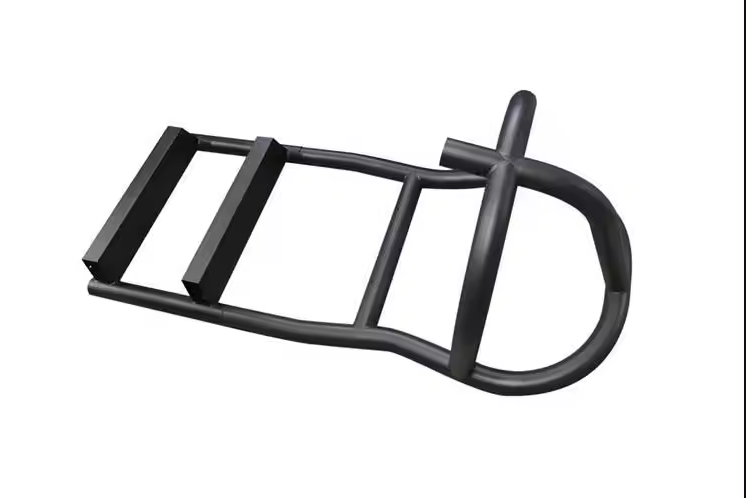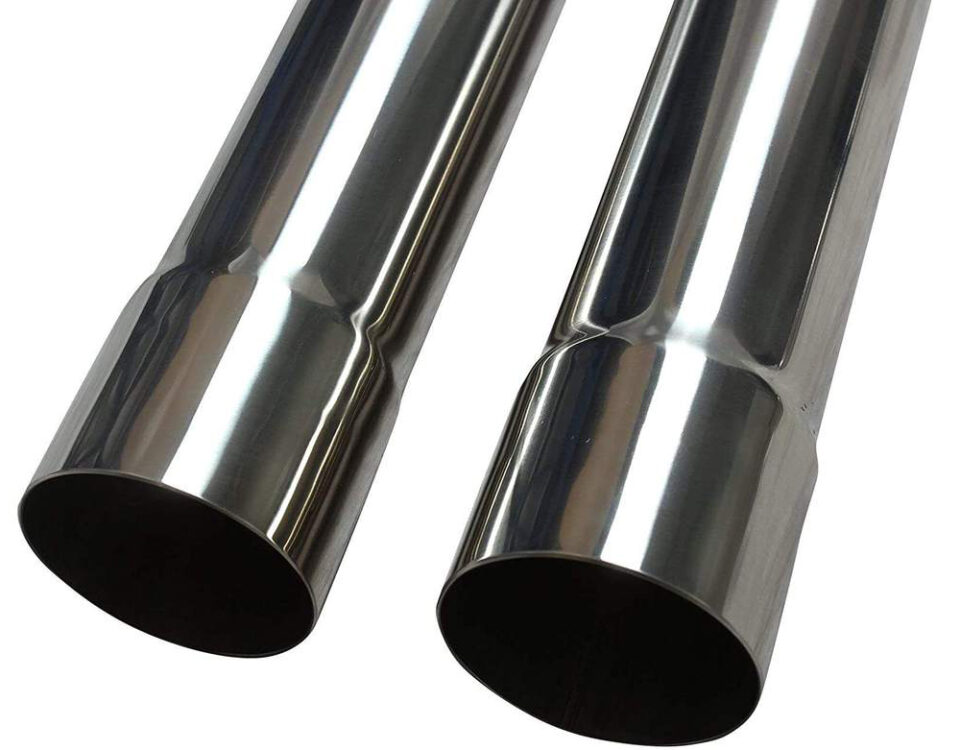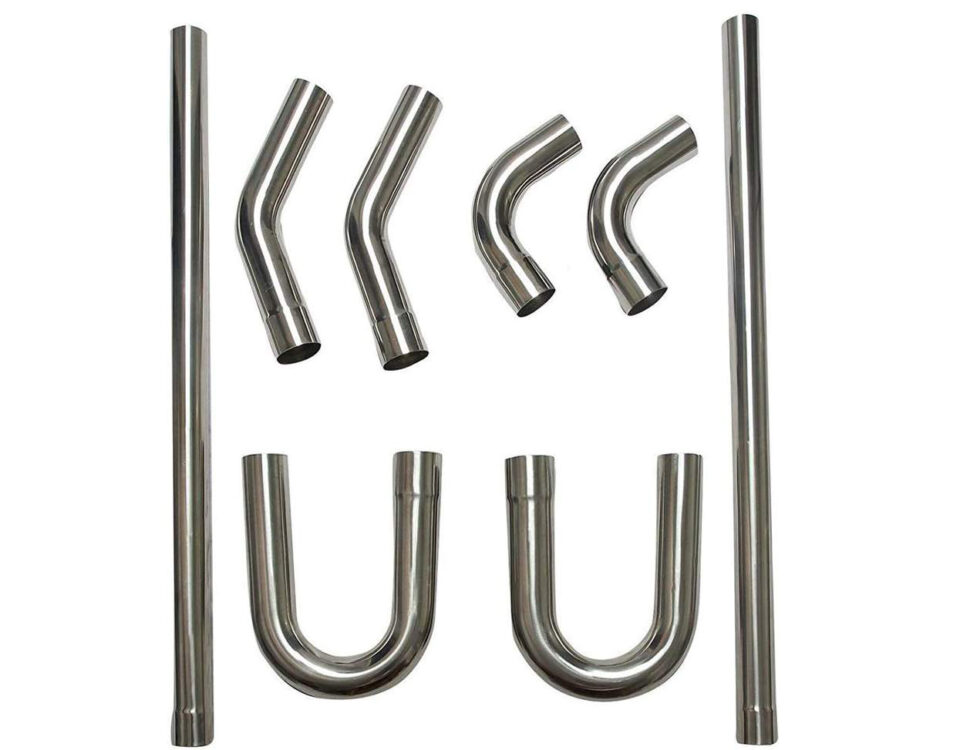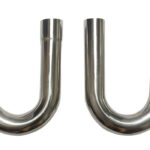
Seamless Pipe Bending
November 4, 2023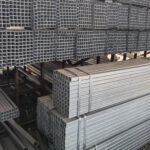
Square Tube Bending
November 6, 2023Welded Pipe Bending: Techniques, Applications, and Considerations
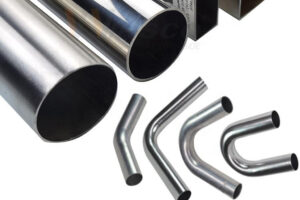
Welded pipe bending is a specialized process used in various industries to create bends and curves in welded pipes. This article explores the techniques involved in pipe bending, its applications across different sectors, and the key considerations for successful bending operations.
1. Techniques of Welded Pipe Bending:
a) Hot Induction Bending: This technique involves heating the pipe to a high temperature with the help of an induction coil and then bending it using hydraulic or mechanical forces. It is commonly utilized for large diameter pipes and allows for tight bend radii while maintaining the structural integrity of the pipe.
b) Cold Rolling Bending: In this method, the pipe is bent at ambient temperature using roll bending machines. This technique is suitable for smaller diameter pipes and offers a high degree of precision. It is commonly employed in industries such as HVAC, automotive, and furniture manufacturing.
c) Mandrel Bending: Mandrel bending utilizes a mandrel, a solid rod inserted into the pipe during the bending process, to prevent the collapse or deformation of the inner surface. This technique ensures the retention of the pipe’s cross-sectional integrity and is often used in applications where flow continuity and structural stability are critical.
2. Applications :
a) Oil and Gas Industry: Welded pipe bending plays a crucial role in the oil and gas industry, enabling the construction of pipelines with complex routes, including offshore installations, refineries, and petrochemical plants. Bends are necessary to overcome obstacles, change directions, and accommodate varying topography.
b) Construction and Infrastructure: In the construction sector, welded pipe bending is utilized for plumbing systems, HVAC ductwork, and sprinkler systems. It allows for the creation of efficient layouts, optimizing space within buildings and infrastructure projects.
c) Power Generation: The power generation industry relies on welded pipe bending for the construction of complex piping systems in thermal and nuclear power plants. Bending pipes allows for efficient routing and minimizes pressure losses, ensuring optimal performance.
3. Considerations for Welded Pipe Bending:
a) Material Selection: Knowing the material properties is crucial to ensure successful pipe bending. Factors such as the pipe’s wall thickness, diameter, and material composition determine its bendability and the suitable bending technique.
b) Bending Radius: The selection of an appropriate bending radius is essential to avoid unwanted deformations or structural compromises. Following industry standards and guidelines helps determine the acceptable minimum bending radius for each specific pipe material and size.
c) Weld Integrity: Care must be taken to maintain the quality and integrity of welded joints during the bending process. Proper preparation, welding techniques, and post-bend inspection are vital to prevent defects that could compromise the pipe’s performance.
d) Equipment and Tooling: Utilizing precision bending machines, quality mandrels, and suitable tooling can significantly contribute to the accuracy and efficiency of the bending process. Regular maintenance and calibration of equipment ensure consistent results.
Conclusion:
Welded pipe bending is a specialized and versatile technique that finds extensive application across various industries. By employing the appropriate bending technique, considering material characteristics, and adhering to industry guidelines, manufacturers can achieve precise bends, ensuring structural integrity and optimized performance for diverse projects involving welded pipe systems.

